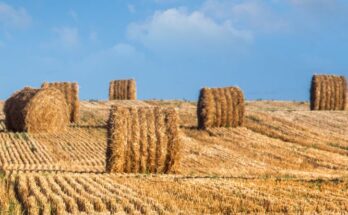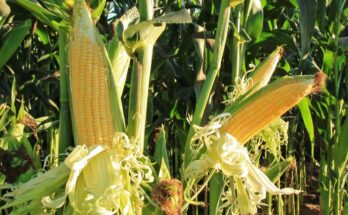India’s dependence on edible oil imports to meet its growing domestic demand has been a cause of concern over the years. The government has been encouraging farmers to take up oilseed production to bridge the gap between production and consumption. These efforts have yielded some results and oilseed production has increased in recent years, especially for soybean and mustard but we are a long way from self-reliance in oilseeds. India is expected to import 14.37 million tonnes (mt) of vegetable oil in 2022-23 compared to 14.07 mt that was imported in 2021-22. Though this is an improvement on 15.32 mt imported in 2016-17, it remains the prime guzzler of foreign exchange.
Soybean and mustard are the major crops forming 35 and 32 per cent respectively of the total oilseed production. Mustard has a special status in India as its part of our tradition and exclusive cooking oil for certain cuisines. Even though multiple mustard varieties and hybrids are available, its production is much below the global average. Mustard is also severely impacted by fungal diseases and insect infestation as well as abiotic stresses like soil salinity, high temperature and drought. Breeding for high-yielding, resilient varieties is the way forward for mustard. Development of hybrids with higher vigor and yields has been done in mustard but the process is complex in a self-pollinating plant like mustard. It requires the use of a male sterile line as a female parent, but natural male sterility is difficult to come by and a rare occurrence.
You may also like to read: How are Blockchain technology and ChatGPT going to impact the agriculture sector?
University of Delhi has overcome this bottleneck in GM mustard technology, using a two-gene system called barnase-barstar. The ‘barnase’ gene stops the development of pollen resulting in male sterility. This male sterile female is crossed with ‘barstar’ line that blocks the action of barnase to produce plants that are fertile and high yielding. DMH-11 hybrid was developed using barnase-barstar system with the Indian variety ‘Varuna’(barnase) and East-European variety ‘Early-Heera 2 (EH-2)’ (barstar). DMH-11 in its various trials has been shown to yield up to 28 -37 per cent more than various zonal checks. Though the barnase-barstar technology has been used for hybrid production in other crops across the globe and the crops have been consumed for more than 25 years, the DMH-11 and its parent lines were rigorously tested and evaluated for toxicity and allergenicity due to novel gene inclusion. Multiple years and multiple location trials as well as food safety evaluation data were analysed and considered by experts in GEAC (Genetic Engineering Appraisal Committee) before approving GM mustard for commercial cultivation and consumption.
You may also like to read: Agri NBFCs and Fintech play critical role to augment credit requirements for agri innovation
It is a fact that GM crops are safe to grow and consume. GM crops are one of the most regulated technologies in the world. Numerous reviews and assessments by government regulators across the world have confirmed the safety of GM crops. Several international organisations such as the FAO, WHO and OECD have repeatedly confirmed the safety of the biotech crops and foods derived from them to be as safe and nutritious as foods derived from conventionally or organically grown crops.
The approval of GM mustard is a step in the right direction leading to self-sufficiency in oilseeds as well as attaining nutritional security. The barnase-barstar technology for hybrid production offers a great opportunity for improvement in mustard production. It can be used to efficiently develop hybrids with critical disease resistance and climate-resilient traits. High-yielding and high oil-producing hybrids will encourage farmers to take up mustard cultivation and further help address the gap between oilseed production and consumption in the country.
(Dr Ratna Kumria is the Director of Agricultural Biotechnology at Alliance for Agri Innovation, a special interest group of Federation of Seed Industry of India. Views expressed in the article are author’s own. Agriculture Post doesn’t assume any responsibility for the same.)





